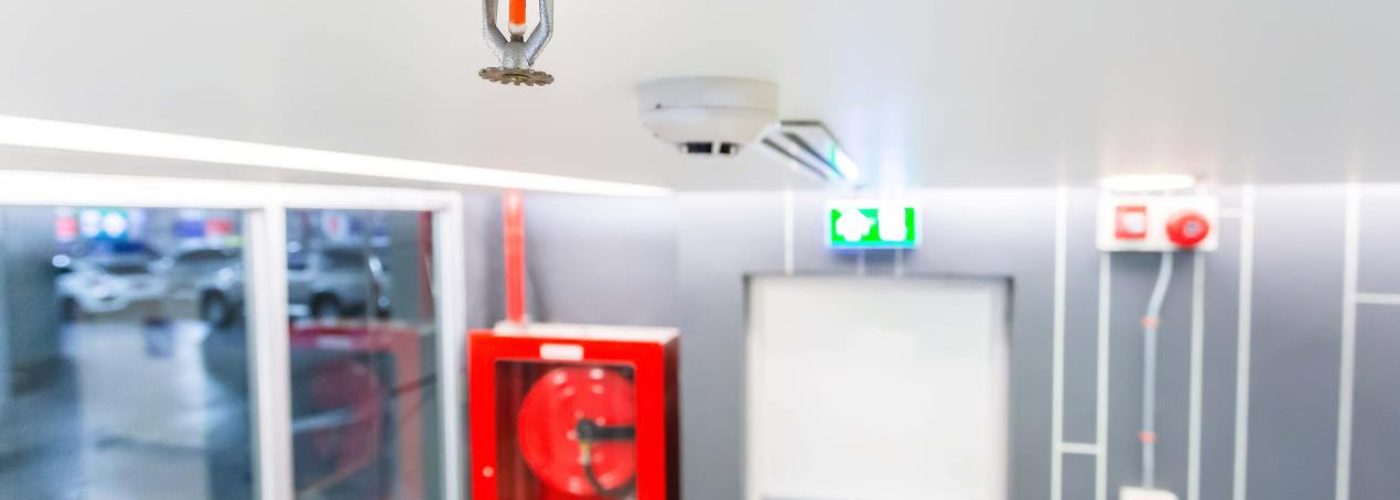In a post-Covid world, the need to consider the overall sustainability of the built environment in order to make sure we build and renovate in a low carbon and circular way will require all stakeholders to build better. Historically, actions we take in the name of sustainability have created some challenges from a fire perspective. Not that sustainability was wrong, but we need to think of the impact of these actions, particularly the impact on fire.
There have been instances in the past decade where the construction sector has been so concerned with sustainability, safety and resilience has been sometimes overlooked. A recent fire that destroyed a motorcycle museum in Austria that was lauded for its green credentials made me think of this again. When I looked at the Austrian fire, I kept running into images of a similar structure here in England, the Carbon Neutral Laboratory in Nottingham. It too was largely complete and built with excellent sustainability credentials, but then destroyed by fire. The timber construction, so prized for its sustainability credits, meant the building was vulnerable to such a fire, especially as the building did not have active fire protection.
This new fire in Austria struck a chord with me as articles talked of rebuilding a similar structure. The laboratory in Nottingham was rebuilt in line with regulations but using the same design principle and materials as before and according to contractor Morgan Sindall, is “indistinguishable” from the previous building. There was no increase in fire resilience and no active fire protection.
Imagine my dismay on reading about this building and its fine green credentials. The very same building went on to win the ‘Sustainability Project of the Year’ at the annual Building Awards. Organised by Building Magazine, the awards recognise the best of the industry with the rebuilt laboratory praised for its sustainability credentials and carbon savings.
Let me line this out: the ‘Sustainability Project of the Year is a project that burnt completely to the ground and then needed to be rebuilt; a building fire that could be seen for miles; a building fire that required over 60 firefighters to tackle and use thousands of litres of water to quell; a building that required what was left of the structure to be removed and would need to be disposed of by specialist contractors; a building that required materials to be procured again, shipped to site again and erected by scores of contractors…again. This is the ‘Sustainability Project of the Year’? A simple search on the internet revealed that this is not the only sustainability award that this large university laboratory has been shortlisted for. The fire and its impacts are all but a footnote in the story.
It raises the question of how sustainable such a project can be when one considers the impact of fire; how the issue of fire could be addressed and whether fire should be more of a factor in that measure of sustainability. So how can this be? It is simple. None of the metrics that define prized sustainability awards consider fire or its impact. A building that burns to the ground and needs to be rebuilt does not incur any penalty in these schemes. Fire is simply an issue that is not covered in those scoring schemes or it would seem in the judging panels for sustainability ratings and prizes.
Only last year, Premier Inn was granted planning permission to replace a hotel that was largely destroyed by fire in the summer of 2019, despite the efforts of 60 firefighters. The event disrupted local roads, businesses and stretched resources. There were no sprinklers in the building and the damage was so extensive the local fire and rescue service were unable to conclude on the cause. There are no sprinklers noted in the planned building to aid with resilience to fire. They are not a feature of the regulatory guidance. However, the planning details for the new hotel note that it will have a BREEAM ‘Very good’ rating by achieving more than a 40 per cent reduction in CO2 emissions over and above the standards set in prior Building Regulations.
The aspects of fire safety are noted as being covered separately by Building Regulations – the same Building Regulations which are currently under review. Isn’t it time that we also reviewed how we define sustainability and considered fire as part of this?
By Iain Cox, Chair of the Business Sprinkler Alliance





